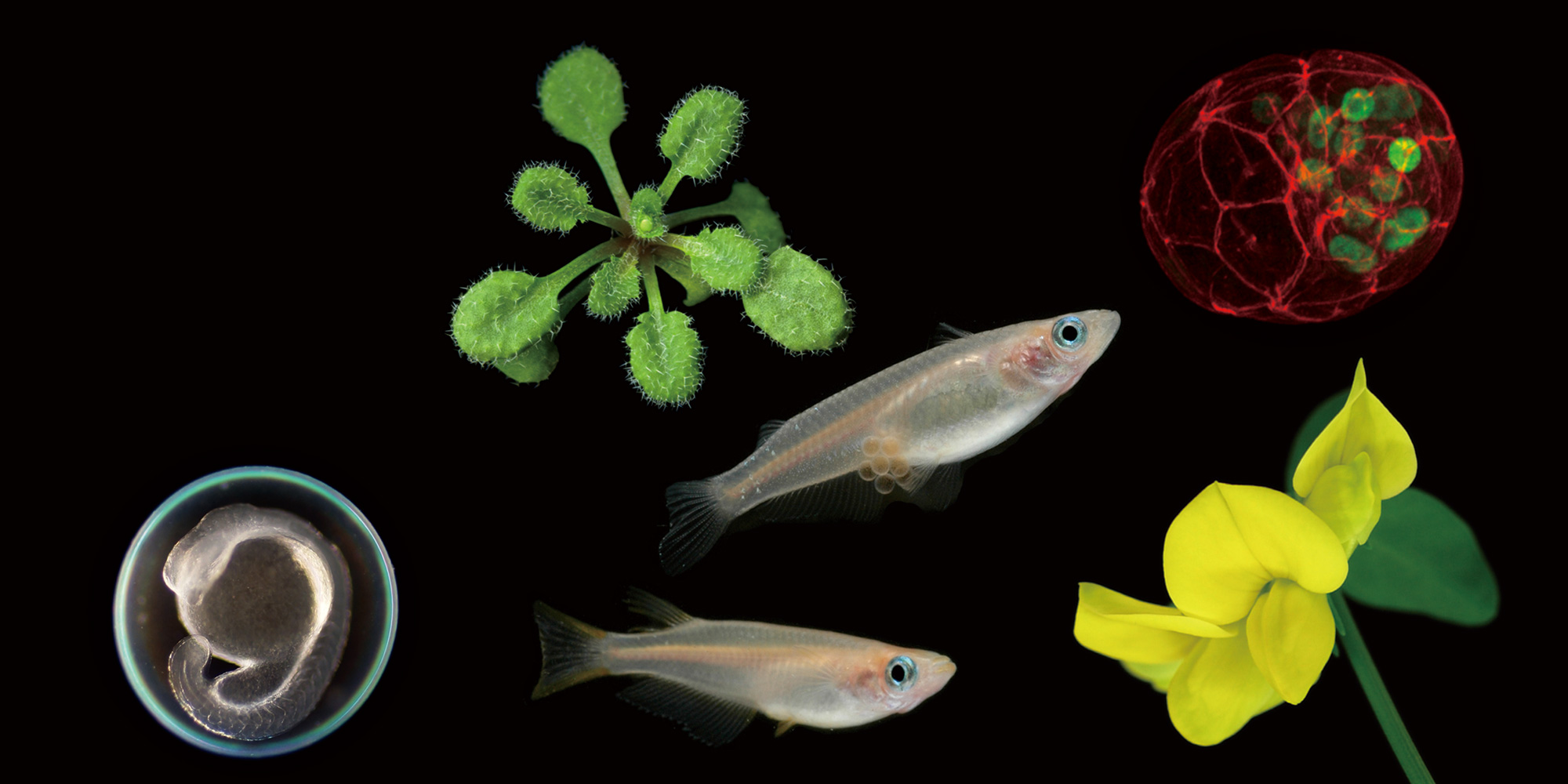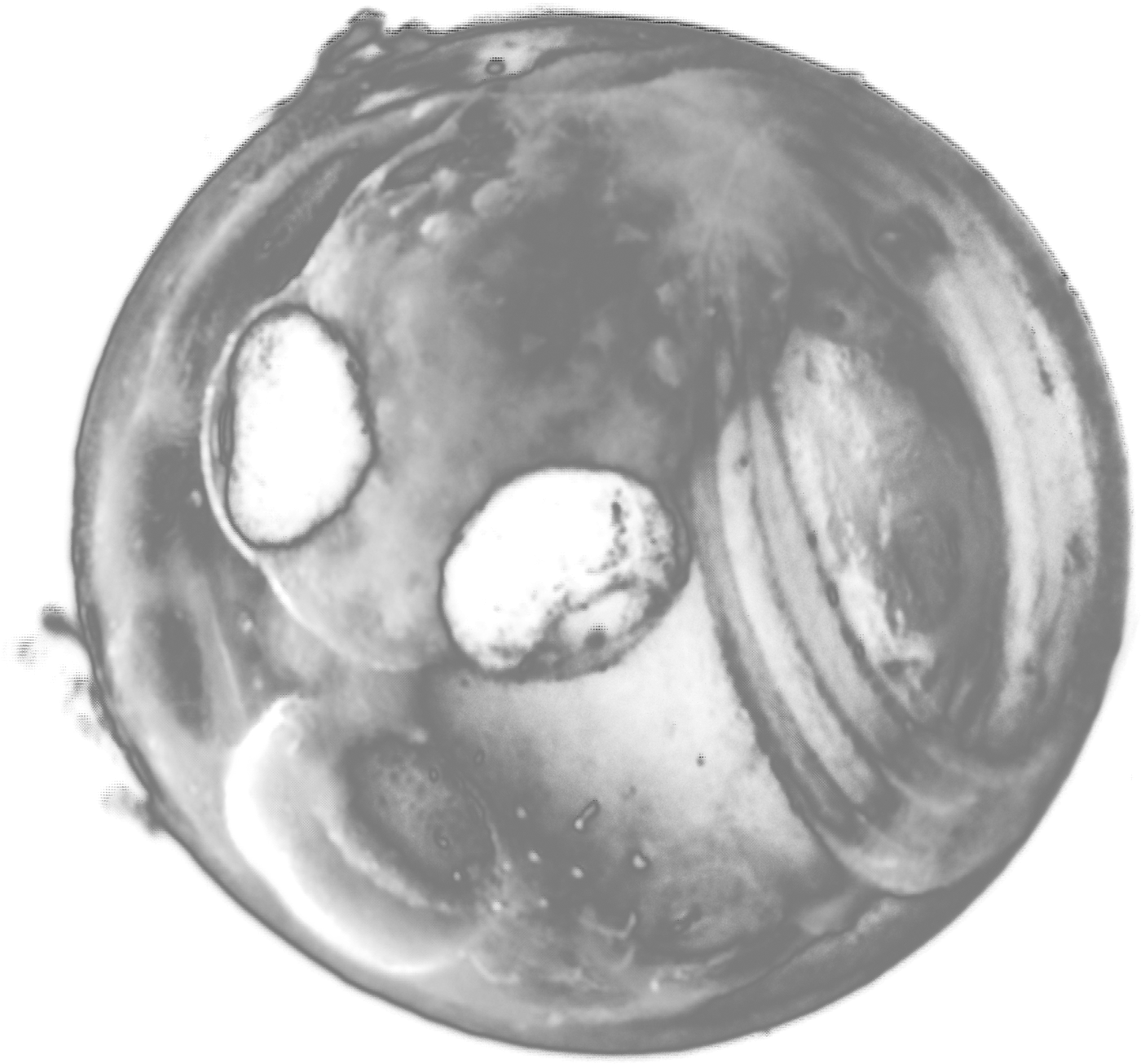2011.11.15 Other
Evolution of Developmental Mechanisms of Vertebrate Muscles
Kusakabe, Rie (Department of Biology, Graduate School of Science National, Kobe University)
2011. 11. 15 (Tue) 16:30 ~ 17:30
Seminar Room 1, Myodaiji
Naruse Kiyoshi, Laboratory of Bioresources (7581)
Trunk skeletal muscles of the jawed vertebrates are categorized into epaxial and hypaxial groups morphologically separated at the level of the notochord. This separation is most conspicuous in the teleost muscle, in which the horizontal myoseptum is formed early in embryogenesis and is maintained throughout the life. During evolution, the hypaxial part underwent conspicuous elaboration to give rise to the tongue muscles, the tranpezius muscles, and the limb muscles, all of which are absent in agnathans and invertebrates. We investigate the molecular basis for evolution of the complicated and diverse morphology of the gnathostomes, using mainly the Japanese lamprey Lethenteron japonicum and teleost medaka Oryzias latipes.
Lamprey lacks paired fin structure and appendicular muscles, and thus would represent the ancestral state of vertebrates. We examined the patterns of expression of the lamprey genes encoding the major contractile proteins and the muscle-related transcription factors. The results revealed that the lamprey myotomes consist of multiple regions associated with differential mRNA expression. Expression of the lamprey Pax3/7 and Lbx genes implied that a cell layer homologous to the amniote dermomyotome might have been already acquired in agnathans. It was also discovered that the lamprey hypobranchial muscle is developmentally homologous to the gnathostome tongue muscles. By transiently expressing the reporter genes in the embryos, we showed the compatibility of cis-regulatory sequences for muscle-specific transcription between the lamprey and the medaka. These results suggest that the prototypic regulatory mechanism for skeletal myogenesis was established very early in vertebrate evolution.
In order to understand the evolutionary basis underlying diverse morphology of muscles, it would also be necessary to investigate the changes occurred in the post-transcriptional regulation. We recently started a new approach to the microRNAs, a major group of short non-coding RNA which negatively regulates mRNAs, using both the lamprey and medaka. We anticipate that combination of these research strategies will provide an evolutionary scenario of the molecular mechanisms of skeletal muscle development.
References:
1. R. Kusakabe, S. Tochinai, and S. Kuratani. (2003) Mol. Dev. Evol. (J. Exp. Zool.) 296B(1), 87-97.
2. R. Kusakabe and S. Kuratani. (2005) Dev. Dyn. 234, 824-834.
3. R. Kusakabe and S. Kuratani. (2007) Dev. Dyn. 236, 2410-2420.







